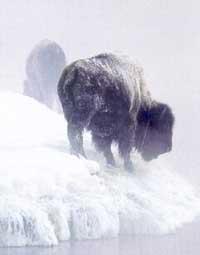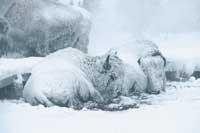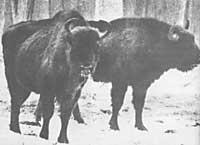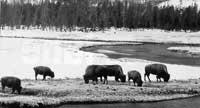Sequencing of a bison protein of 55,000 years
2002/11/15 Galarraga Aiestaran, Ana - Elhuyar Zientzia

Now, in Britain, researchers at the University of Newcastle have followed a new path. According to the work published in the journal Geology, the amino acid sequence of a protein of about 55,000 years has been clarified. In fact, osteocalcin protein was extracted from the bones of bison collected in Alaska and Siberia ( Bison priscus ). It seems that proteins last much longer than DNA: this group of researchers has found measurable amounts of osteocalcin, even in bones of 120,000 years. Some proteins can last up to 10 million years.
For the sequencing of the protein, a method similar to the one currently used for the analysis of genetic material has been used. They say that comparing protein sequences can be known as much data as DNA, so researchers believe that it can be useful to study the evolution of species. However, no protein is valid, since the proteins involved in bone structure do not contain much useful information, since their sequence of amino acids hardly varies from generation to generation. Therefore, the techniques that allow locating the most interesting molecules are very important.
However, it seems that this work is a good starting point to study the evolution of bison and that the technique based on the sequence of proteins can also be useful for the rest of species.

Gai honi buruzko eduki gehiago
Elhuyarrek garatutako teknologia






